Neglected [Tea] Roses, 1887
User
6 years ago
Featured Answer
Sort by:Oldest
Comments (29)
Related Discussions
A found Tea rose to identify...
Comments (20)Hi guys and girls :o) Thank you for the advice! I was hoping it would be less complicated... :o/ But it seem that I have to wait the new flowering, then take new detailed pictures to show you. I have seen on HMF the pictures of 'Hugo Roller', but the flower shape is too globular. Flowers on my rose are ever-nodding, as you can easily see in my second picture. The colour in the last picture isn't the rule, I've posted it just to show how much it could be variable. Also, there's no records of 'Hugo Roller' in old italian catalogues, and it seems to be the same now everywhere in Europe. I was wondering about Niles Cochet, seeing the two older pictures of it on HMF, who looks almost identical. But I've never see first hand a labeled plant of a Cochet family (so curious, even Walter Branchi have never had these roses in his very large collection of Teas and Chinas...) Another quality of my rose is in her petals: they are very thin, like 'Mlle Franziska Frueger' or 'Mme Lambard'. That's why, I think, it balls so frequently. I have in my garden since few weeks, start growin', Maman Cochet: in a few more weeks, I'll be able to see if her foliage and flower shape are the same of my rose or not... Ciao!:o) Maurizio...See Moreadvice on neglected roses
Comments (3)My guess is that the roses next to the fence are climbers--that is why they are growing those long canes that are bothering you. You should spread them out along the fenceline and secure them in place. In that horizontal position, they are likely to put out twice as many blooms than they would if you left them to just grow like a bush or if you trimmed off the long canes. My advice for now is to water all of them well. Then pull out all the weeds around them (that will be easier if you watered first). Next give them some rose food. For convenience, get something like Osmocote for continuous feed for several months. Then spread out the longer canes and tie them in place (horizontally) on the fence. Trim/prune out anything that looks dead (brown or black stems, for instance). Keep watering them periodically--at least 1 inch per week--and wait to see when they bloom next. If they don't bloom again until next spring, you will know you have what are called "once-bloomers"--they bloom once only in the spring/early summer. But if they are not once-bloomers, they should bloom once or twice more before this season is over, though the repeat bloom is usually not as heavy as the spring bloom. That's about it--unless they develop a specific problem--insects or disease--in which case, report the specific symptoms here and I'm sure someone will have some good advice on what to do. By the way, don't sweat the things like deadheading. They are often just neat housekeeping rather than something that is necessary to the survival of the rose. My other advice is post your questions in the future on the "Antique Roses" forum (see the link near the top of the page?). My guess is that you have some old roses there, and the gardeners on the Antique Roses forum are the experts on them. Although there is a lot of interchange between the two forums, there are some posters over there who rarely wander over here and therefore might not see your post. Not that anyone on this forum objects to answering your questions--just that you might as well go where the antique roses gardeners usually hang out. You'll find me hanging out there sometimes myself. : ) Good luck. I think you have the possibility of some really nice roses there. Kate...See MoreOld, neglected roses
Comments (12)Yes, the fact that they are actually BLOOMING at this time of year, in spite of being old & neglected, is evidence that they are good strong plants. Start by taking out dead wood. Then water, mulch & do a conservative feeding, say, mid September. You should get a nice fall "flush" of flowers. Benign neglect has preserved a lot of old hybrid teas. The ruthless annual pruning, "as advised" by many publications or individuals can be rough on plants, especially in hot zones. They ARE shrubs, after all & whacking back healthy canes all the time robs them of healthy leaves & wood. Sure, you can prune to shape or to encourage a plant to send up young wood. But in zone 10, for now, I'd just give them care & take out dead canes until you can observe these old treasures & find out more about them--good luck!...See MoreCan anyone identify this maroon tea rose?
Comments (4)It reminds me of 'Intrigue,' a hybrid tea rose with a nice fragrance. I'll put a link below - click on the thumbnails for larger photos: Here is a link that might be useful: photos of Intrigue...See MoreUser
6 years agolast modified: 6 years agoUser
6 years agolast modified: 6 years agoUser
6 years agoUser
6 years agolast modified: 6 years agonikthegreek
6 years agolast modified: 6 years agojerijen
6 years agoUser
6 years agojerijen
6 years agoAquaEyes 7a NJ
6 years agolast modified: 6 years agoUser
6 years agoAquaEyes 7a NJ
6 years agolast modified: 6 years agojerijen
6 years agojerijen
6 years agoAquaEyes 7a NJ
6 years agolast modified: 6 years agojerijen
6 years agoAquaEyes 7a NJ
6 years agoSheila z8a Rogue Valley OR
6 years agoAquaEyes 7a NJ
6 years agonikthegreek
6 years agolast modified: 6 years agoAquaEyes 7a NJ
6 years ago
Related Stories
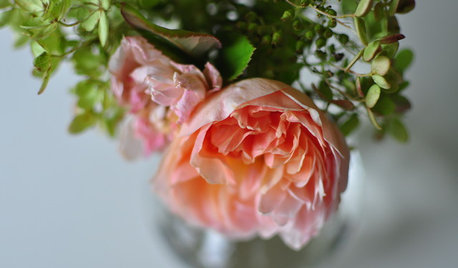
GARDENING GUIDESRoses: Crowning Touch of Gardens
Whether you're the Miss or Mister America of gardening or take a hands-off approach, roses can be a winning addition to your landscape
Full Story
GARDENING GUIDES6 Captivating Roses for an Alluringly Fragrant Garden
Perfume your garden with aromas from richly spicy to lightly sweet, without sacrificing an inch of color
Full Story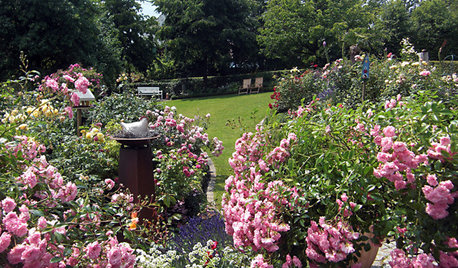
GARDENING GUIDES5 Sweet to Spirited Pink Roses for an Enchanting Garden
Whether you go demure or daring, there's a pink rose here to make you flush with garden pride
Full Story
PRODUCT PICKSGuest Picks: Enhance Your Bath With Simply Beautiful Accessories
Emphasize quality and simplicity with bathing and storage items that have classic lines and colors
Full Story
GARDENING GUIDESHouzz Call: What’s Your Favorite Backyard Beauty?
The simple, honest daisy is this writer’s go-to garden flower. We want to hear which plant, flowering or otherwise, gives you special joy
Full Story
PETSSo You're Thinking About Getting a Dog
Prepare yourself for the realities of training, cost and the impact that lovable pooch might have on your house
Full Story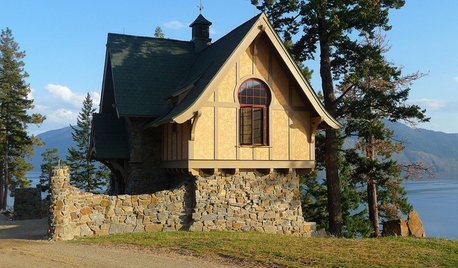
ARCHITECTUREHow to Design a Storybook Cottage
A client’s request: “Build me a house where Disney meets Tudor.” The architect explores the details that make the style
Full Story
EDIBLE GARDENSNatural Ways to Get Rid of Weeds in Your Garden
Use these techniques to help prevent the spread of weeds and to learn about your soil
Full Story
SELLING YOUR HOUSE10 Low-Cost Tweaks to Help Your Home Sell
Put these inexpensive but invaluable fixes on your to-do list before you put your home on the market
Full Story
GARDENING AND LANDSCAPINGGrow a Lush Privacy Screen
No need to wait forever for patio privacy the green way. These 10 ideas will get your screening up and running in no time
Full Story



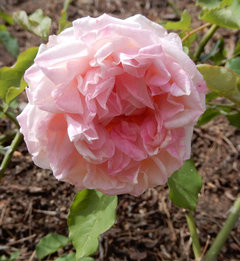
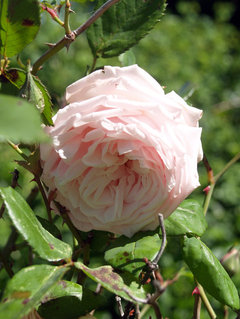


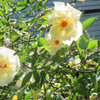
fig_insanity Z7b E TN